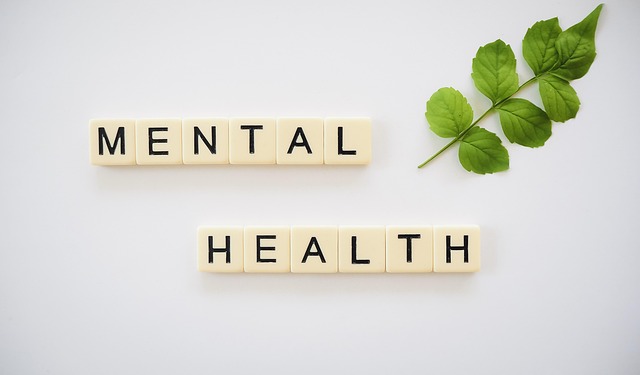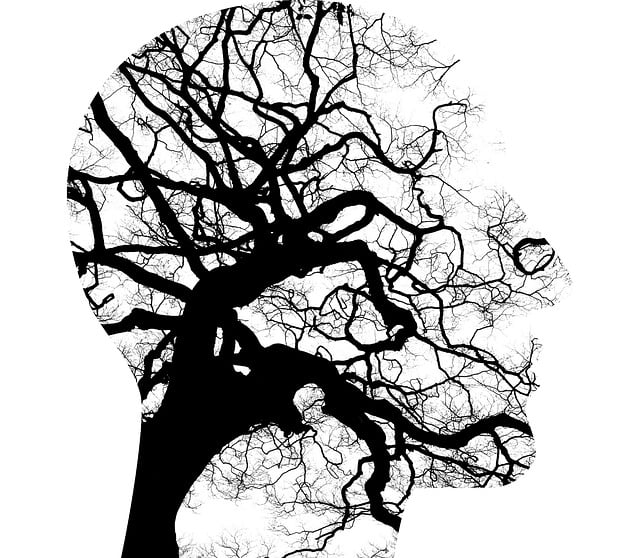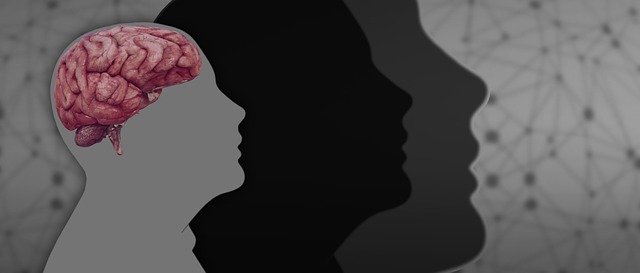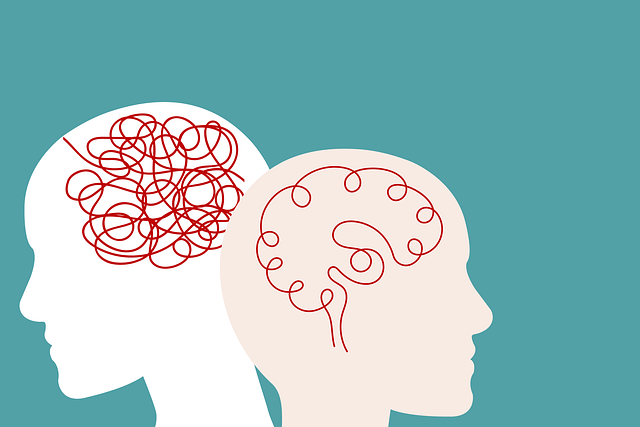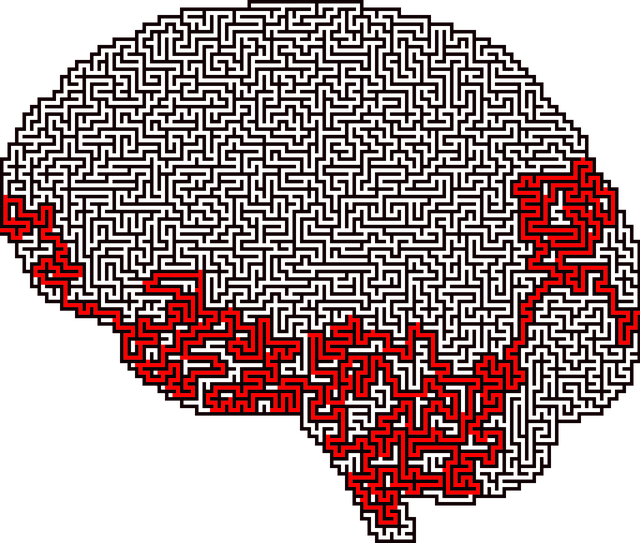Assessing community needs is crucial in designing effective mental health education programs for children, like those aiming to complement services offered by Boulder Child Abuse Therapy. This involves identifying unique challenges such as academic pressures and fast-paced lifestyles that contribute to youth stress. By setting achievable goals focused on resilience, healthy coping mechanisms, self-awareness, and trauma support, the program addresses specific local needs, enhancing social-emotional learning and mental health literacy. Collaboration with community leaders, experts, and service providers ensures culturally relevant interventions based on local data and testimonials, fostering better mental health outcomes through accessible resources like community centers or schools.
Mental health education programs play a pivotal role in fostering well-being, especially for younger individuals. This comprehensive guide explores the strategic design of such programs, from initial assessment to long-term impact. By understanding community needs and setting clear goals, we can develop effective curricula integrating evidence-based practices and culturally sensitive content.
Through interactive methods and addressing common mental health concerns, these programs empower individuals to manage their well-being. Effective implementation strategies, partnerships, and rigorous evaluation ensure the program’s success and sustain its positive influence, akin to Boulder Child Abuse Therapy’s holistic approach.
- Assessing Needs and Identifying Goals
- – Understanding the community and target audience
- – Conducting a needs assessment for mental health education
Assessing Needs and Identifying Goals

When designing a mental health education program, especially one focused on children’s well-being, assessing needs is the cornerstone. This initial step involves understanding the unique challenges and vulnerabilities within the community. For instance, in Boulder, Colorado, where Child Abuse Therapy services are readily available, evaluators might identify elevated stress levels among youth due to high academic pressures and a fast-paced lifestyle. This information guides the program’s direction by highlighting areas for intervention.
The process of need assessment should aim to uncover specific goals that will foster resilience and promote healthy coping mechanisms. Incorporating self-awareness exercises can help participants recognize their emotional responses, while trauma support services can address any underlying issues. By setting achievable objectives, such as enhancing social-emotional learning or improving mental health literacy, the program can effectively cater to the identified needs of its target audience.
– Understanding the community and target audience

In designing a mental health education program, especially tailored for communities like Boulder Child Abuse Therapy areas, it’s crucial to begin with a deep understanding of the local landscape and target audience. This involves recognizing the unique cultural, social, and economic factors that shape mental wellness within the community. For instance, in Boulder, a bustling metropolis known for its vibrant outdoor lifestyle, stress management might be a prevalent concern due to the fast-paced nature of urban living. The program should aim to address these specific needs by incorporating relevant topics such as mood management techniques and self-care routine development tailored to enhance mental resilience among residents.
By engaging with community leaders, local mental health experts, and direct service providers, the education program can identify pressing issues and design interventions that resonate deeply with the audience. For example, incorporating testimonials from local individuals who have successfully navigated mental health challenges can foster a sense of belonging and encourage participation. Moreover, leveraging readily accessible resources like community centers or schools ensures the program’s accessibility, promoting widespread adoption of self-care practices for better mental health outcomes.
– Conducting a needs assessment for mental health education

A comprehensive mental health education program begins with a thorough needs assessment to identify the specific issues and knowledge gaps within a community or target group. This process involves gathering data on existing mental health literacy, prevalent concerns, and cultural factors that may influence an individual’s perception of and approach to mental well-being. By assessing these aspects, organizers can tailor their programs to address the unique challenges faced by the community, ensuring relevance and impact. For instance, in Boulder, Colorado, where Child Abuse Therapy services are readily available, a needs assessment might reveal a growing interest in trauma-informed care and resilience-building strategies among local schools.
The assessment should encompass various stakeholders, including educators, parents, and mental health professionals, to gain diverse perspectives. This collaborative approach allows for the integration of practical, evidence-based practices like Communication Strategies, Emotional Regulation techniques, and Compassion Cultivation Practices into educational curricula. By combining these strategies with community insights, mental health education programs can effectively foster a supportive environment that promotes emotional well-being and empowers individuals to seek help when needed.
In designing an effective mental health education program, especially tailored for communities like Boulder and its focus on child welfare, such as Boulder Child Abuse Therapy, assessing needs and setting clear goals are pivotal. By understanding the unique dynamics of the target audience and conducting thorough needs assessments, we can create interventions that resonate deeply. This approach ensures that educational initiatives address pressing mental health concerns, fostering a healthier and more resilient community for all.

